I haven’t been skiing yet this year.
Mostly because we don’t have any snow. As I’m writing this, the East Coast is under a blizzard watch, and the American South just got more snow in a day than we’ve had in a month.
But I’m not going on a Climate Change rant today.
Rather, I’m moping because I miss flying down the white mountain while the snow falls all around me. It’s magical, standing on top of a white peak, frozen conifers dotting the landscape.
I’ve been skiing in Taos Ski Valley since I was 14, and now I’m 43, so the place is like a second home. Furthermore, one of my wife’s good friends is a Blake, the family that owned the resort for 60 years, so that always made it more special.
Though Taos is famous for our adobe-style architecture, most of the buildings in TSV were designed in a Swiss Alpine style, and feature European names like the Edelweiss, or the Bavarian.
And there are trails named after the men who engineered a failed coup against Adolph Hitler, for crying out loud. (Stauffenberg, Fabian, Oster, Tresckow)
To be clear, Taos Ski Valley sits on land once “owned” by the Taos Pueblo Native Americans, which was then appropriated by colonists from the Spanish Empire, before being taken as war spoils by the United States in the 19th Century.
So where does the Euro-centric architecture/culture come from?
Well, Ernie Blake, the founder, came to America as Ernie Bloch. He was a Swiss German Jew who left Europe, founded a little ski area at the edge of the world, yet still wanted to create an atmosphere like home.
Pretty weird, right?
Well, yes and no.
Because all of contemporary America was founded by European expats who came over here to begin again, and brought their culture with them. (To be clear, I’ve written many words over the years about the exception that is African-American history, but we’re not going there today.)
If you drive through parts of Texas, you see signs advertising kolaches, a Czech snack food that is fairly far from home. Why? Because it was mostly Czech and German immigrants who beat back the Comanche in the 19th Century.
We all know there are a shit-ton of Scandinavians in Minnesota, Polish-Americans in Chicago, Irish in Boston, French descendants in Louisiana, and so on.
There are weird-ass European town names that pop up all over America, including places like Brooklyn, which has become synonymous with American cool. (Or obnoxious, bearded hipsters, depending on your POV.)
How could it be otherwise, when an entire Continent has been populated with riffraff from elsewhere?
That much I understand.
But what about the other way around? Are there places in Europe that are obsessed with America, even though our histories officially diverged around the time of the Boston Tea Party?
I’m glad you asked.
Because I just put down “EUSA,” a fun, new book by Naomi Harris, recently published by Kehrer Verlag in Germany, so I feel pretty qualified to answer your question.
To begin with, I believe Naomi Harris is Canadian, so the entire premise of a book looking at the overlap between America and Europe begins with a touch of absurdity. Thankfully, it meshes perfectly with the vibe of the book, and the style of the images, so don’t bother with this one if you lack a sense of humor.
The last few weeks, I’ve discussed how certain books utilize the cover to generate interest. This is no different. As the below picture attests, this cover is made from the sort of plasticy-rubbery composite that makes one think of travel guide books of old, or maybe textbooks you might have bought in college.
The title is also built out of smaller versions of itself, which I had to squint to understand, upon first viewing, thereby grabbing my attention further.
Inside, we’re met with a well-written explanatory essay, by the artist, laying out the parameters of the project. Ms. Harris visited tourist-type-places in the US that honor the heritage of the local founding culture, but also spots in Europe that display a fascination with American culture.
Mostly the Wild West.
You know, like, where I live.
The short version of my opinion is that it’s a cool, smart, funny project, and the images are really well made. (There are also more than a few images of scantily clad ladies, so there’s a slightly sexed-up energy as well.) As Gen X is famous for its embrace of irony, I can only imagine that Ms. Harris is no Millennial, but I’m too classy to Google her birthday and out her age.
The long version is that I think the book is flawed, which is OK, because it’s clearly reaching out towards some edge, without knowing exactly where it is.
The idea that global culture, in particular urban culture, is becoming homogenized is nothing new. We’ve heard plenty about it, and the rebellion against globalized culture struck fiercely in 2016-17, giving us Brexit, Trump, and the incessant use of the word “cuck.”
(Seriously though, I’m willing to bet that EVERY guy who uses the word “cuck” on Twitter hasn’t gotten laid in at least 5 years.)
So by giving us a visual mashup, and intentionally creating images that force you to look hard, trying to surmise which Continent you’re seeing, the book takes its place on the frontline of cultural exploration, here in 2018.
My problems come more from the book’s structure. Frankly, I think there are too many images, and it’s been slightly over-designed. It’s not that some images are of a lesser quality, rather I question whether this many are necessary to make the point, or present a cohesive vision?
Sometimes, less is more.
Secondly, the book is regularly interrupted by an email exchange, printed sideways on vellum paper, between two art world insiders: Erik Kessels of Holland, and Carolina Miranda of LA.
Yes, I knew who they were without having to look it up, but at this point, I’m something of an insider myself, I suppose. (Though I’ll carry my rebellious streak until I die.)
But most readers, outside our small circle, would not know such things. The interviews are witty and interesting enough, but lacking context, and showing up randomly, they take me out of the narrative a bit, and I question whether it’s an effective technique.
(Again, edgy projects take risks, so I’m not trashing her for doing so, just wondering if it’s as successful as hoped.)
At the end of the book, there is a bit of explanation as to who the two writers are, emailing each other across the ocean. (He’s an artist and ad man in Amsterdam, she’s a cultural critic for the LA Times.) So the editorial team understood context was necessary.
I just think they put it in the wrong place. (I suppose I’m quibbling, but that is a part of the job.)
Overall, I think it’s a smart, cool project, with many compelling images within. The irony works well, the saturated colors refer to digital reality, and the sum total presents a world in which we can be fascinated by the Other, rather than simply afraid.
That’s a message that bears repeating in these tumultuous times.
Bottom Line: Very cool book about the intersection between the Old and New worlds.
If you’d like to submit a book to be considered for review, please email me at jonathanblaustein@gmail.com
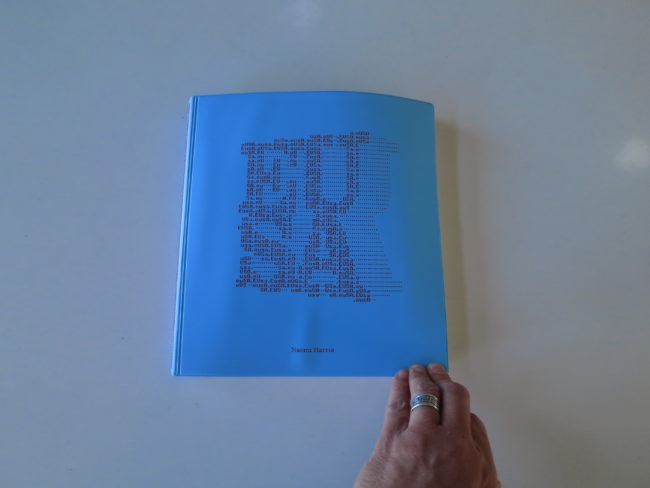



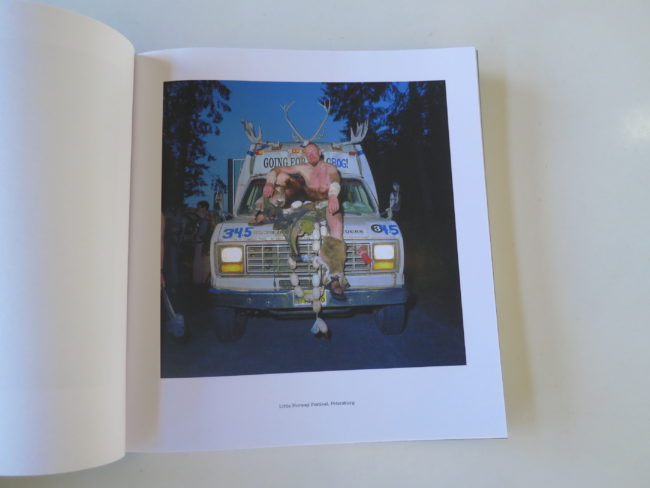
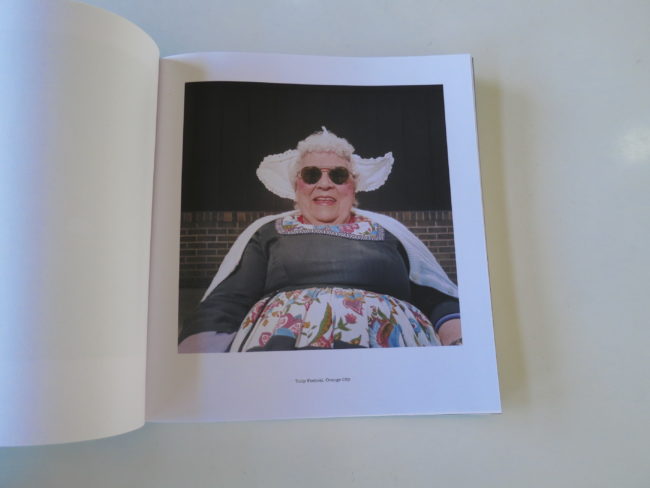

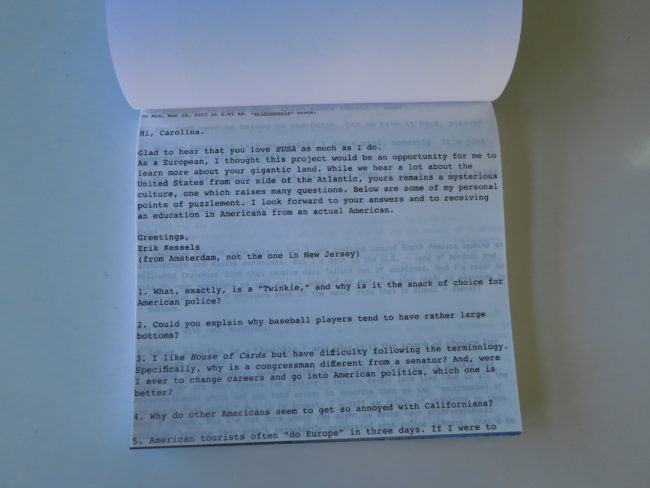


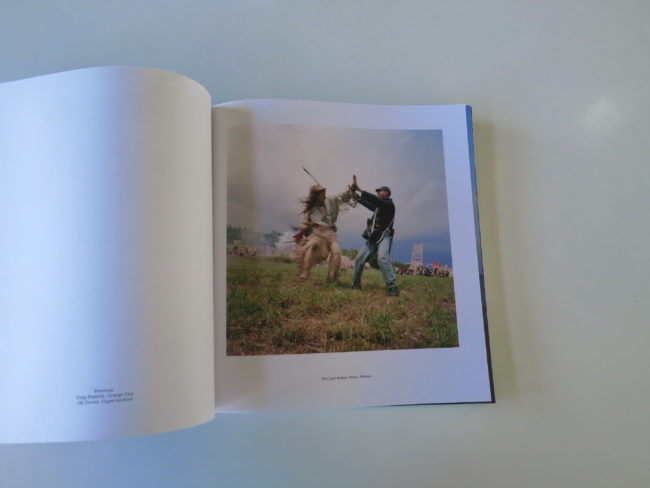
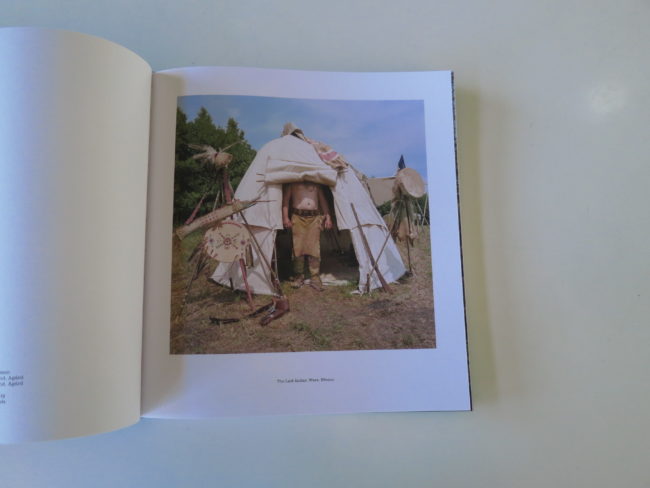



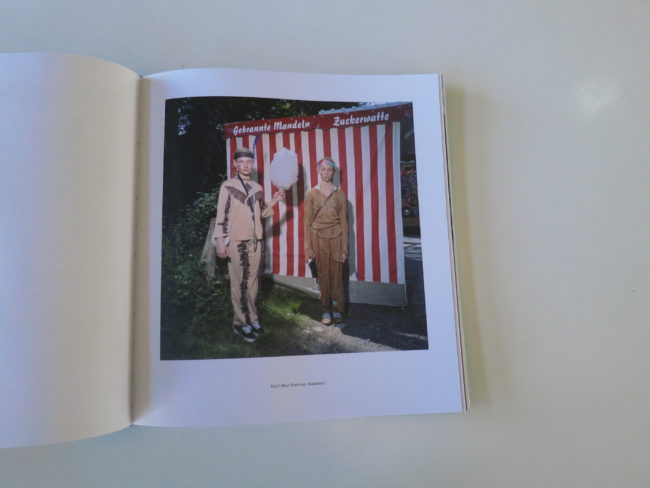
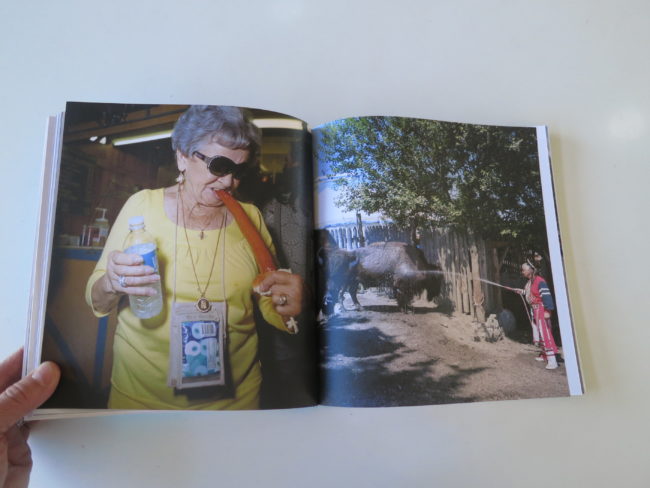
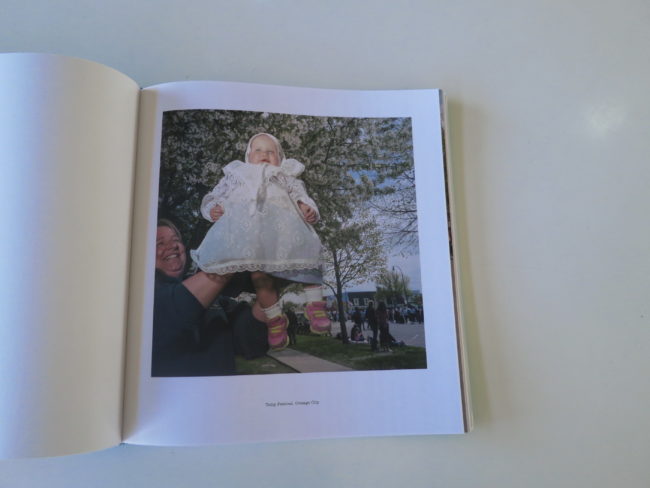
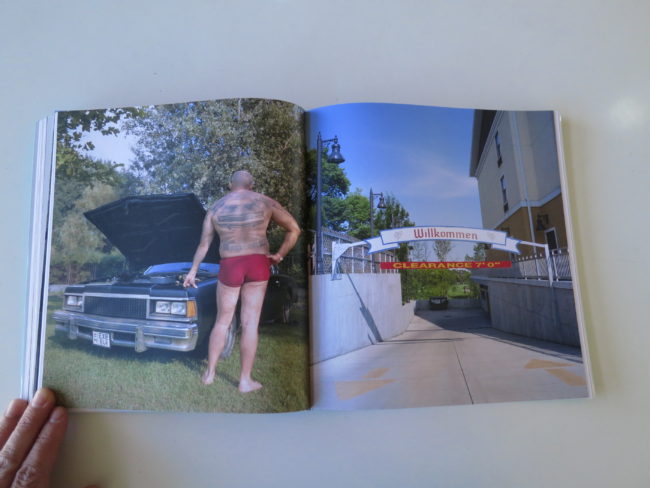
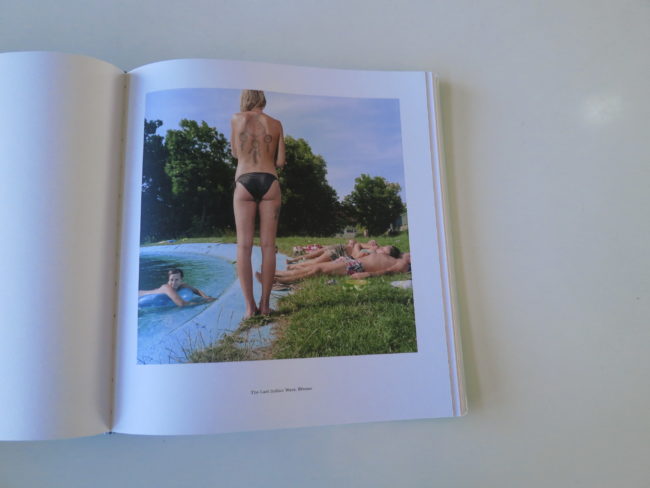
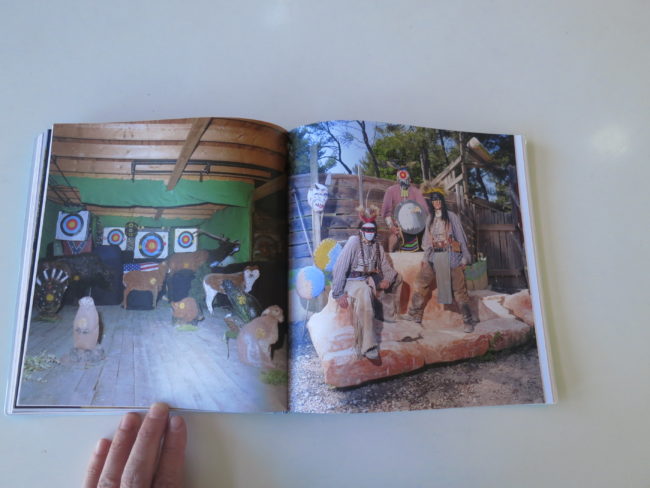
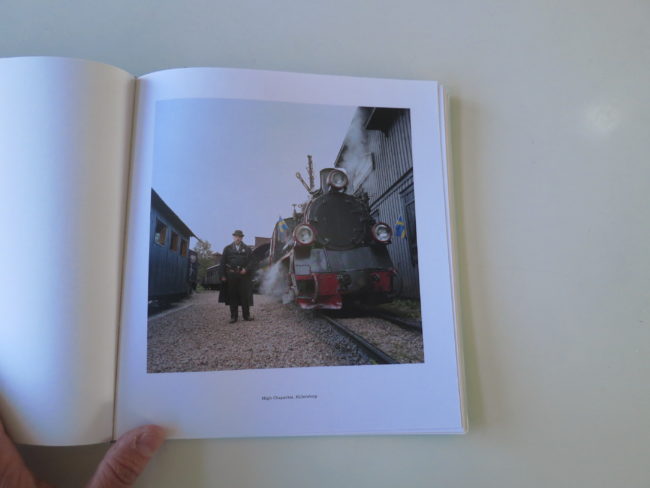
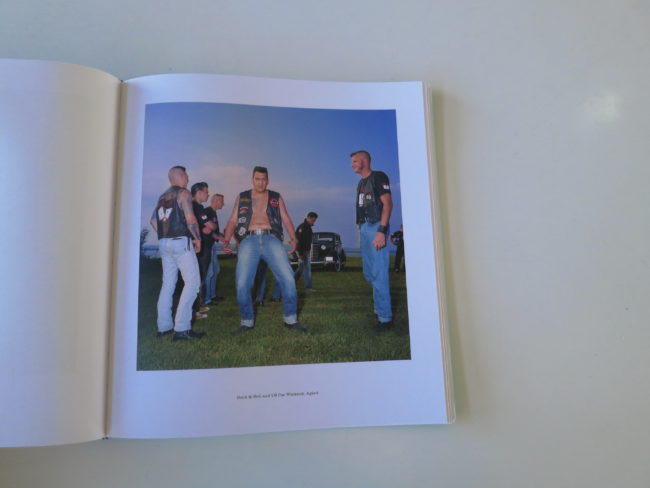
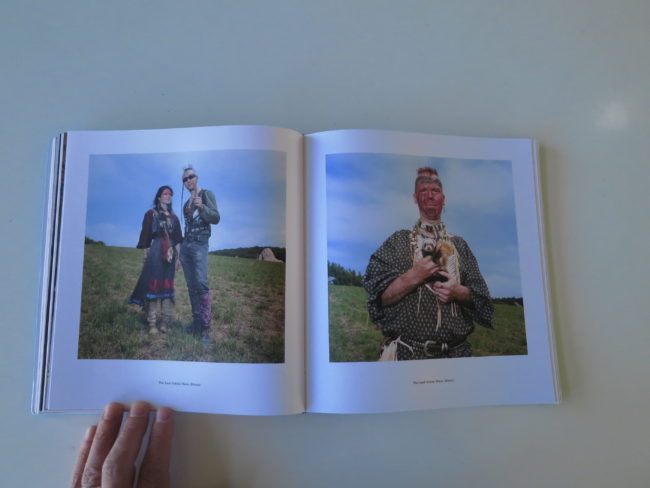
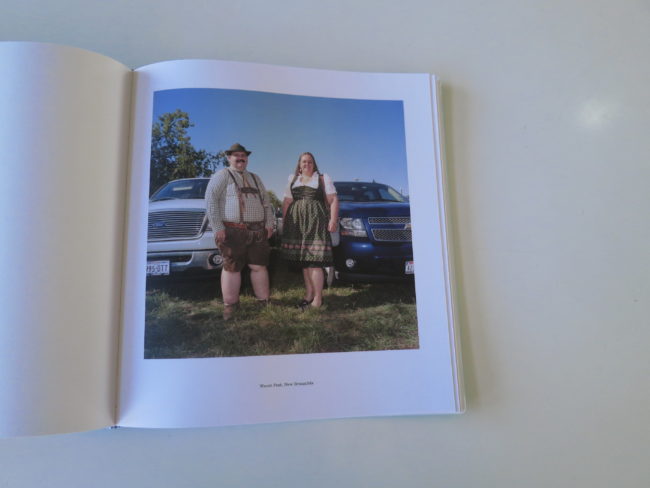
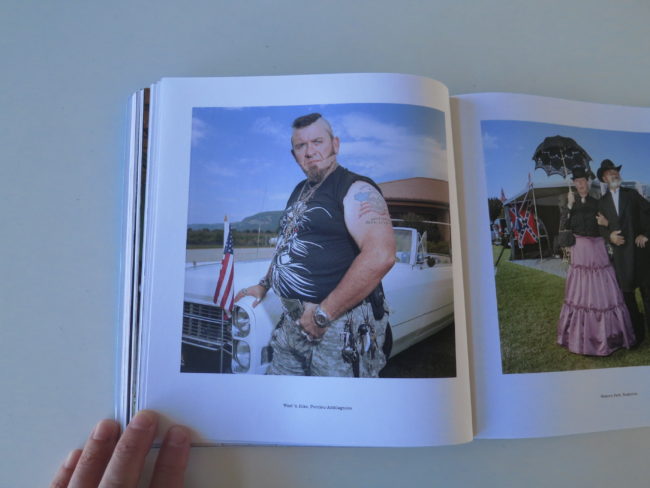
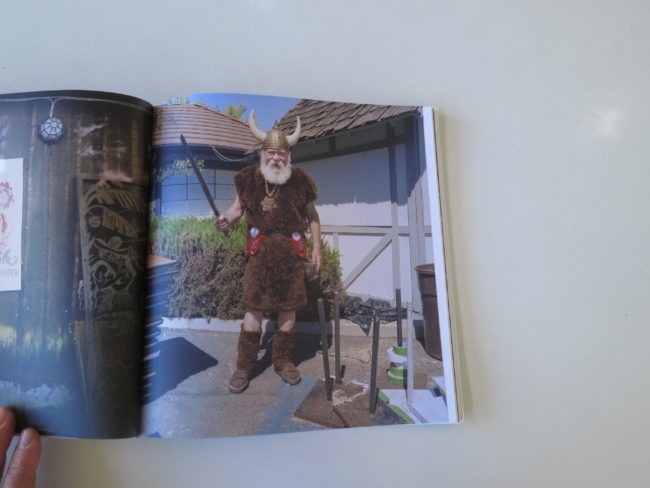
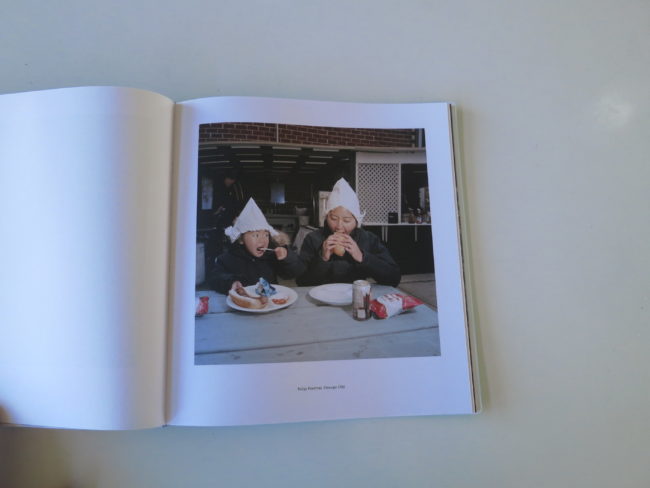
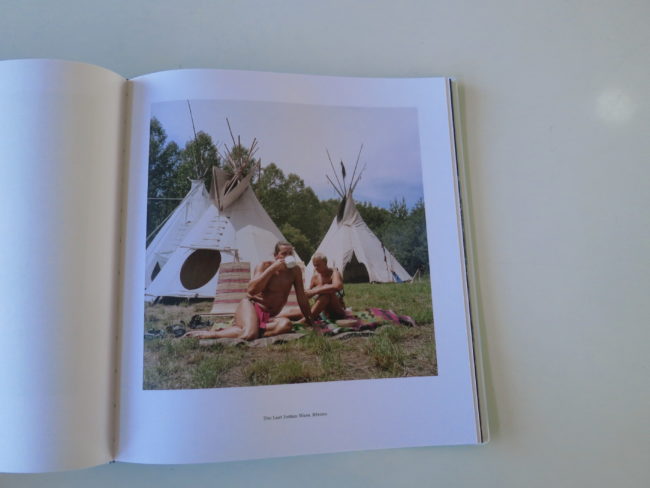
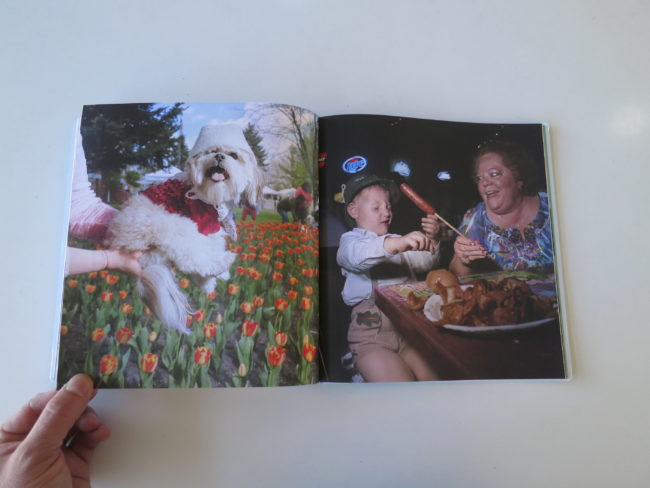
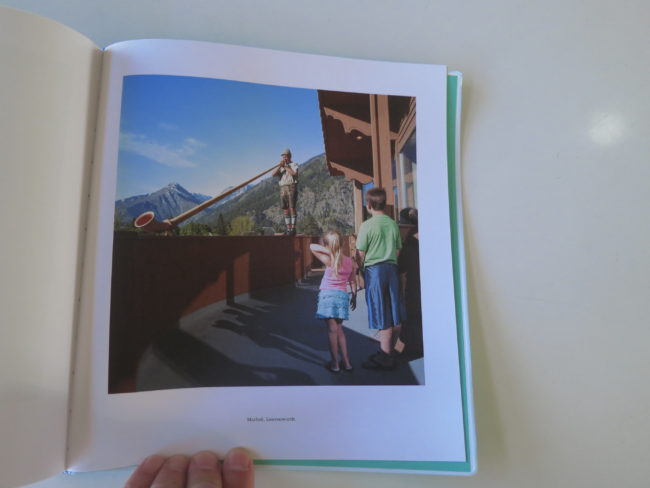
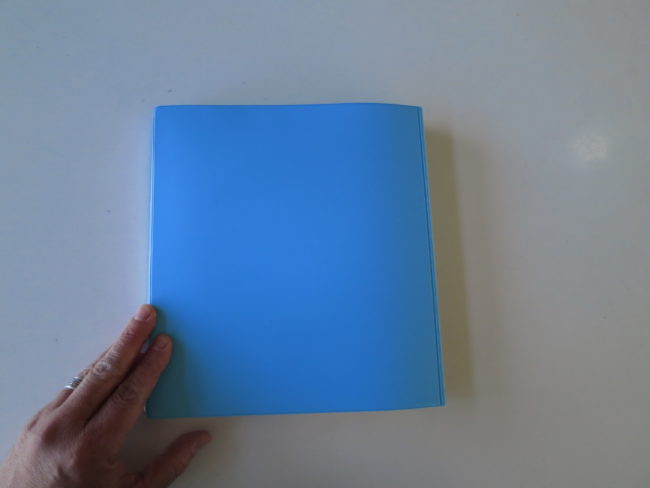
1 Comment
You can’t help but admire and recoil at the same time! A visual celebration deluxe of genuine, heartfelt tributes of already totally superficial and artificial misinterpretations of appropriated culture(s)! Where can one possibly go wrong?
PS- And yeah, “cuck” really needs to be put out of its misery…
Comments are closed for this article!